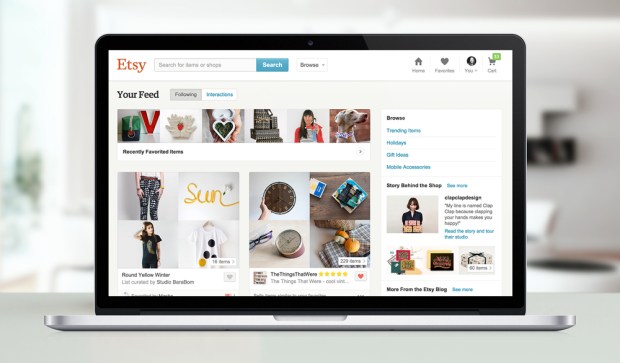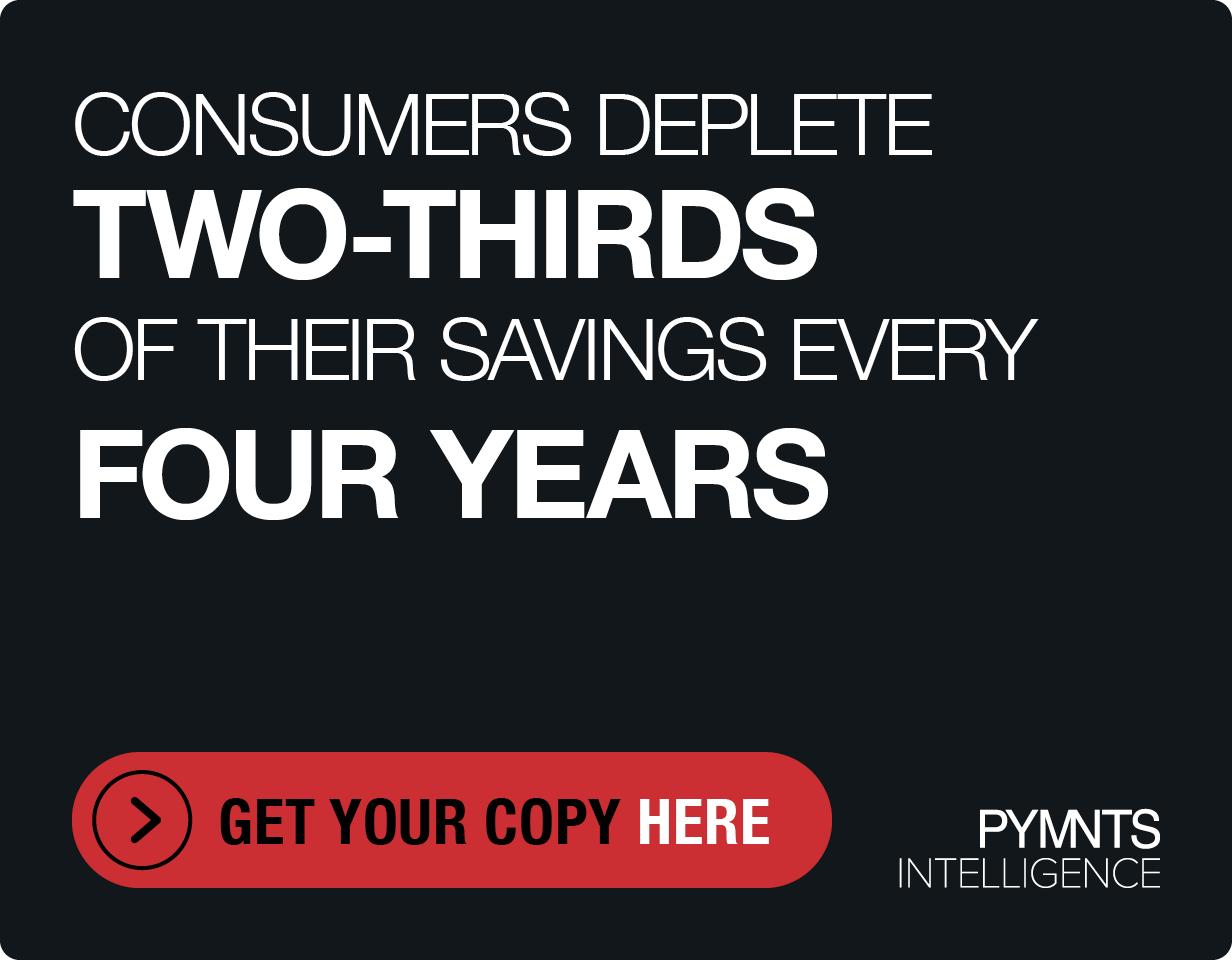Payments And The Transformation Of Etsy

Payments is regarded as much more than “plumbing” for every retailer now, and for marketplaces, they can be transformative. James Esposito, senior director of payments, risk and treasury at Etsy, joined Karen Webster to discuss the strategic role of payments in driving Etsy’s growth and what’s next for 2017.
Today, innovators aren’t just driving payments — payments are driving innovators to think differently about their strategic role in boosting their growth.
Look no further than online marketplaces to see how payments has transformed from being only a means of “checking out” to an integral part of the business.
It’s what James Esposito, Vice President of Payments, Risk & Treasury at Etsy, told Karen Webster excites him so much about the marketplace space in particular and Etsy specifically. With 27.1 million buyers and 1.7 million sellers worldwide, as of Sept. 2016, it’s no wonder that payments is an integral part of the company’s operations.
Esposito said that, with payments being such a critical part of marketplaces, he wanted to make sure, even before taking the job with Etsy, that payments wasn’t just a back-office operation and that it would be a strategic part of the company.
Twenty months into working for the company, he said that’s exactly how it operates.
“Ultimately, you want to provide services that are meaningful to these micro-business owners that, in a lot of ways, are dependent upon you to help them get up and running and grow their businesses,” he stated. “I wholeheartedly feel very proud of what the company does in a very transparent, mindful, keep-it-real type of way.”
Making Payments Work Better Inside Marketplaces
Six years ago, Esposito explained, Etsy stepped back to solve a recurring friction for its global buyers and sellers: making it easy for buyers to pay — but also making it easy for sellers to be paid in their local currencies directly into their bank account.
Etsy’s Direct Checkout platform emerged as the solution that not only solved for that friction but has ignited its growth. Etsy’s Direct Checkout platform onboards the merchants and enables payment acceptance on their behalf. That means that sellers can accept any form of payment offered on the Etsy marketplace — network-branded credit cards, as well as digital wallets, such as PayPal and Apple Pay.
Today, Direct Checkout, Esposito told Webster, is one of Etsy’s top contributors to the revenue line.
But Direct Checkout is more than just checkout, Esposito said — it’s a piece of what Etsy calls its Seller Services: things that are provided to sellers to help make it easier for them to grow their business online.
“Our Seller Services strategy is all about solving pain points and enabling sellers with the tools that they need in order to really grow their businesses,” Esposito added. These include a range of things, from tools for marketing to shipping.
Another pain point that Etsy sellers face is omnichannel.
Esposito admitted to Webster that, a couple of years ago, he believed omnichannel was just an overused buzzword that had been “used and abused” by the industry, but now, he understands that the omnichannel experience is very real.
“It dawned on me more recently that it’s really a word that describes shopping experiences in the twenty-first century — sometimes it’s in person, sometimes it’s online at a desktop and sometimes it’s on the go, while [that consumer is] on the subway just trying to get home but needs to buy one more thing,” he explained.
While Etsy does enable omnichannel support, Esposito noted that many sellers tend to use it only in certain situations. Etsy remains a predominantly online eCommerce marketplace, but the usage of mPOS readers is more event-driven, such as for craft fairs and shows.
A Different Look At Fighting Fraud
Esposito also reflected on the unique fraud challenges that marketplaces encounter. For traditional eCommerce businesses, he said, assessing risk and compliance involves validating the buyer and payment instrument, scoring and decisioning in order to reduce insult rates and track metrics.
But for marketplaces, it’s about fighting fraud on both the buyer side, as well as the seller side, starting with vetting that the seller is really a legit seller.
“Naturally, that’s something you can’t do by yourself — you’ve got to work with some pretty strategic partners that can help you gain access to the information you need to legitimately verify those sellers,” Esposito said.
While reviewing payment transactions and then risk scoring and making decisions on those transactions is a core bread-and-butter part of any risk operations, he said that, on the seller side, identity verification is a key element to a successful marketplace.
Authenticating the digital identity of a consumer or business owner, he noted, remains a significant challenge across payments and an opportunity for someone to step up and crack identity in a “digital, twenty-first-century” type of way.
“[Identity is] an absolute must-do. The vectors change, the fraudsters change and the devices are only multiplying — now, it’s a phone and a card, but tomorrow, it will be a refrigerator, an automobile and who knows what’s next,” Esposito said.
The Expansion Plan
2016, for payments at Etsy, was all about enabling Direct Checkout and payment services for more markets.
Looking ahead, Etsy’s payments roadmap includes continuing to support the payment methods that its buyers and sellers rely on most, while also keeping an eye on other happenings and innovations across the payments space.
Some of the payment methods Esposito said were interesting included alternatives to bank-out and ACH payments, push-to-debit solutions and even prepaid.
For Esposito, part of the fun of what Etsy does is helping small individuals who are just trying to take their creative talents and express them online.
“We focus a lot of our attention on how and where we can empower those sellers to be successful and what the best ways are in which we can do that,” he said.
Etsy is described in both internal and external communications as a company always “keeping it real” when it comes to serving its buyers and sellers, Esposito said, which he noted couldn’t be more true.
